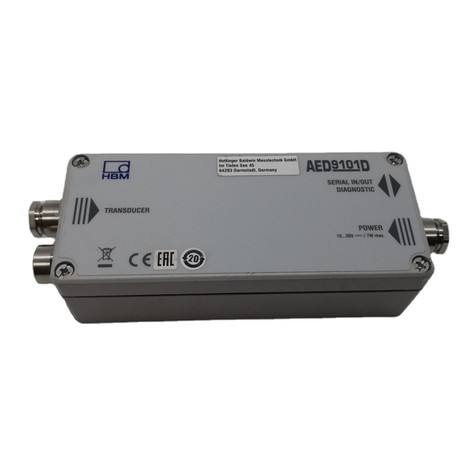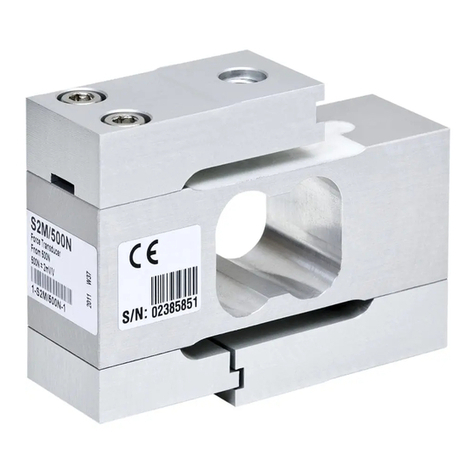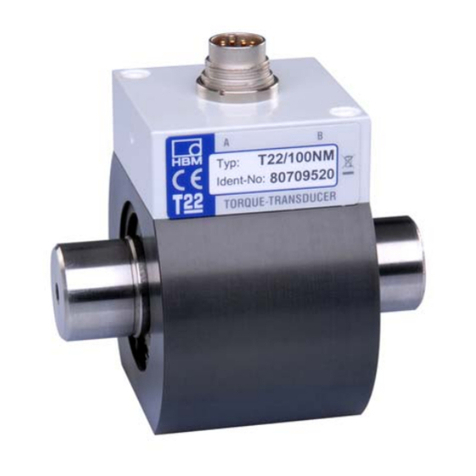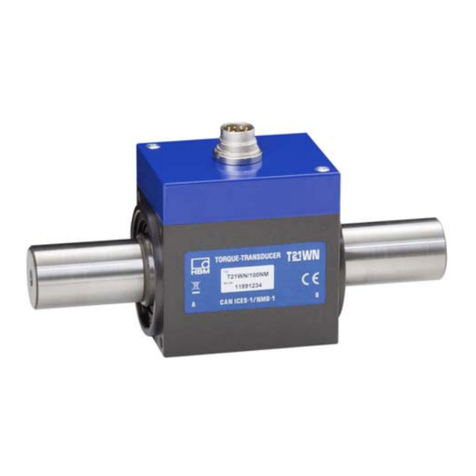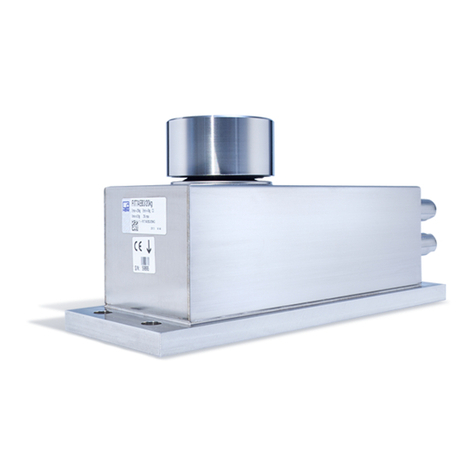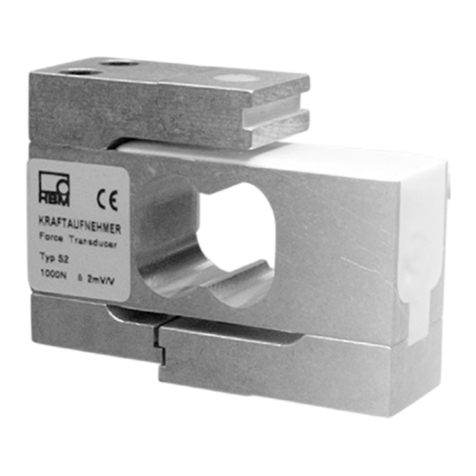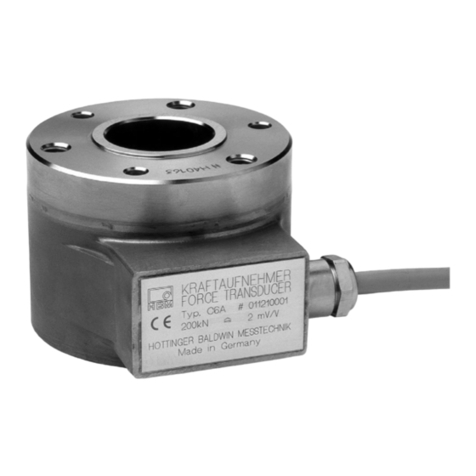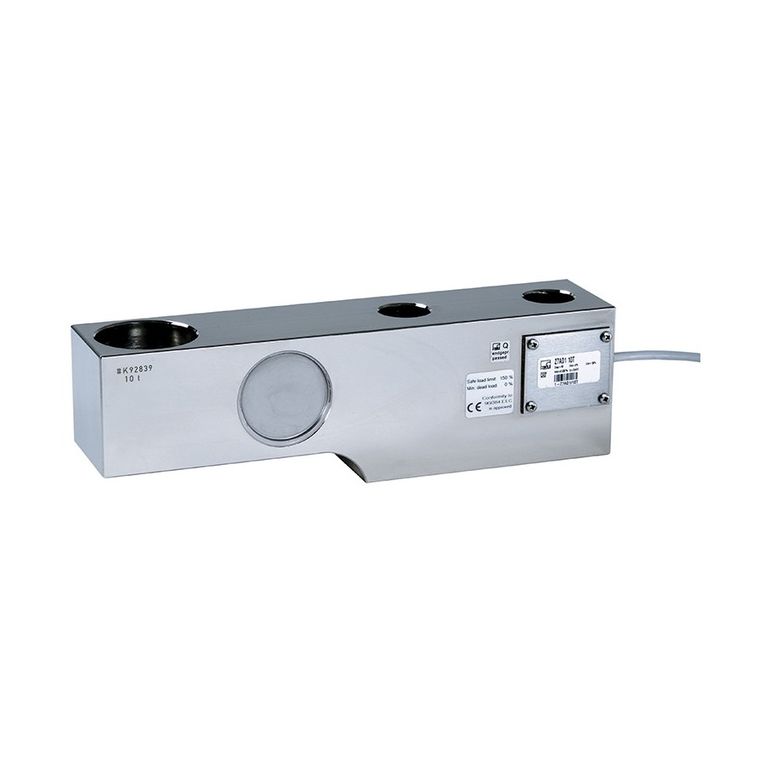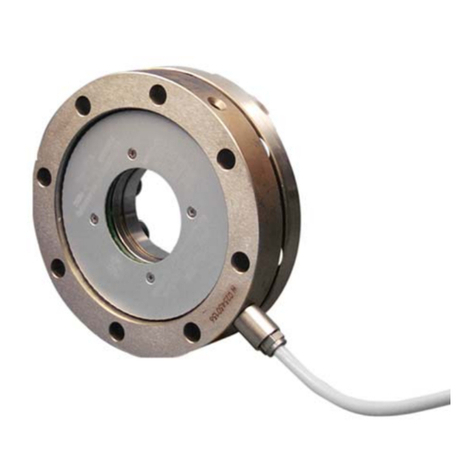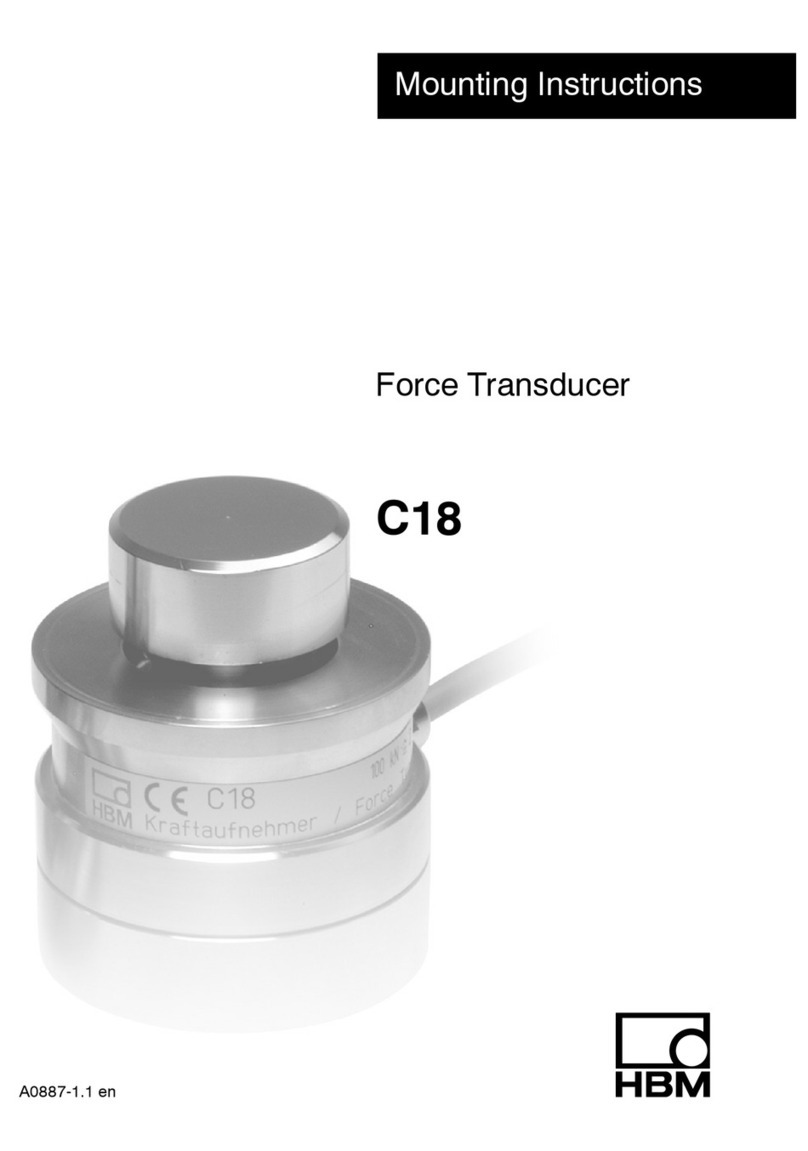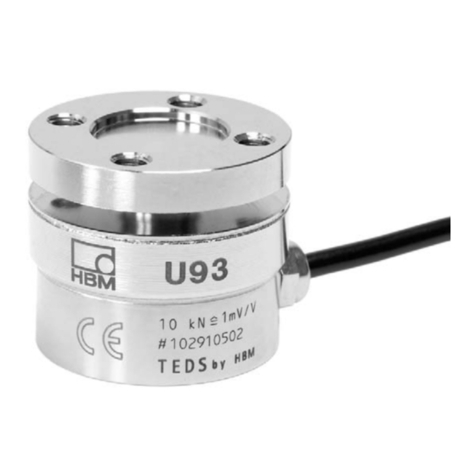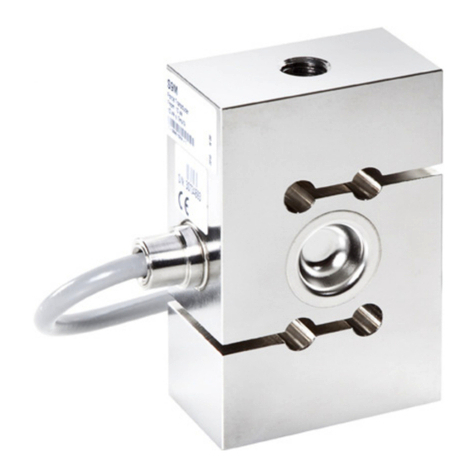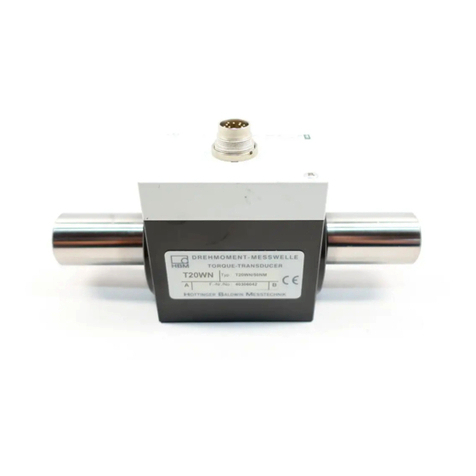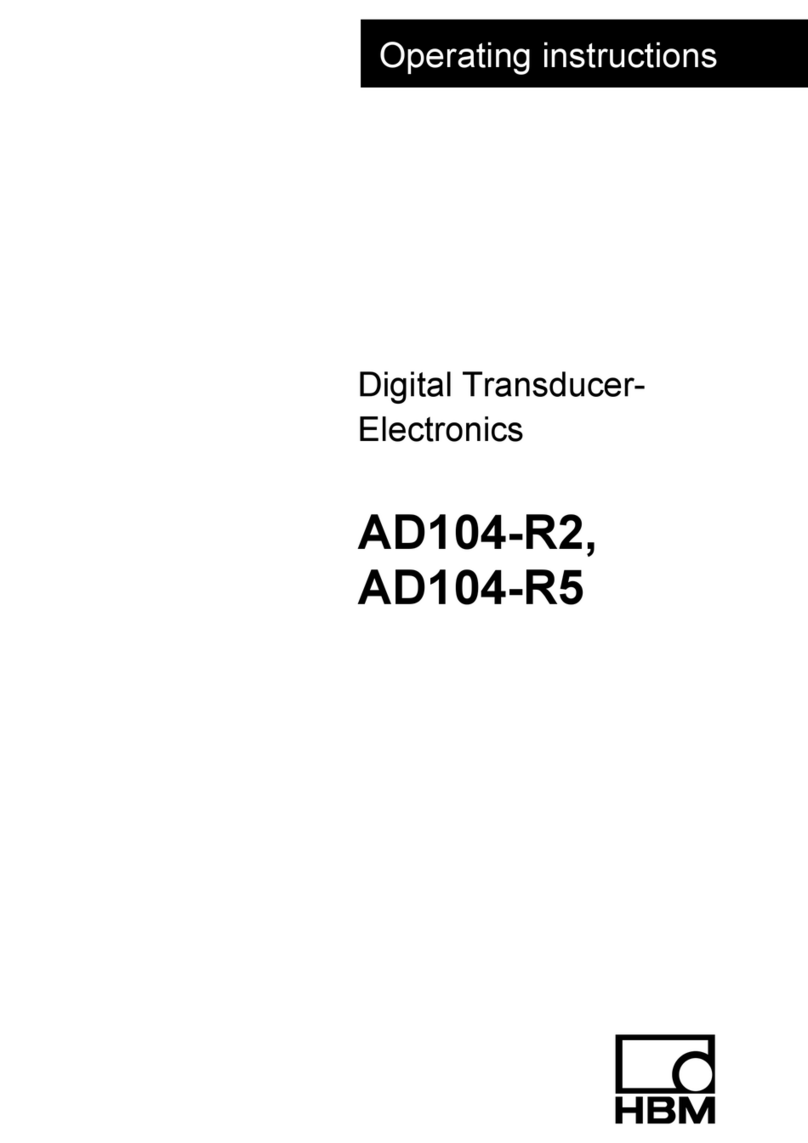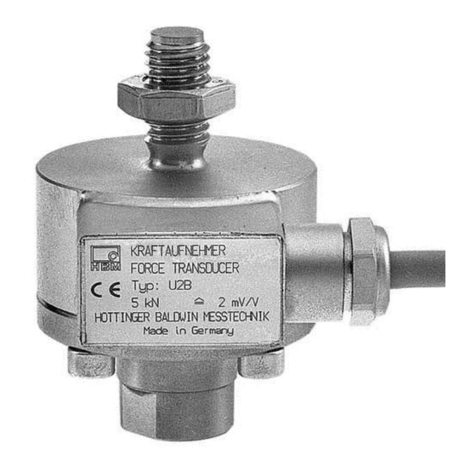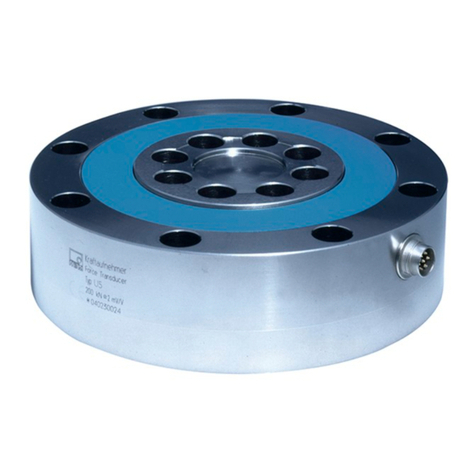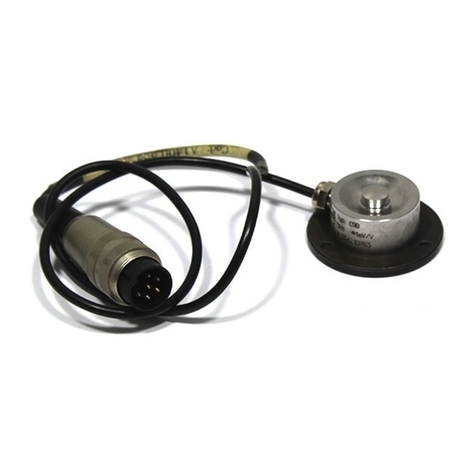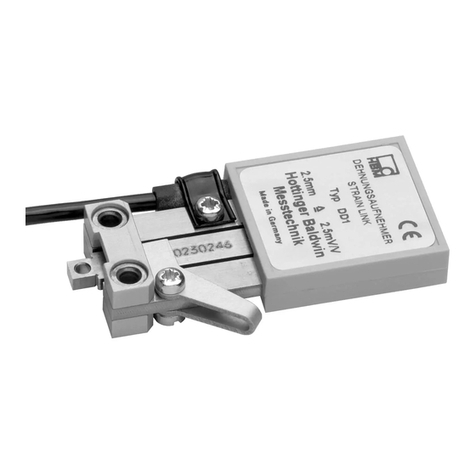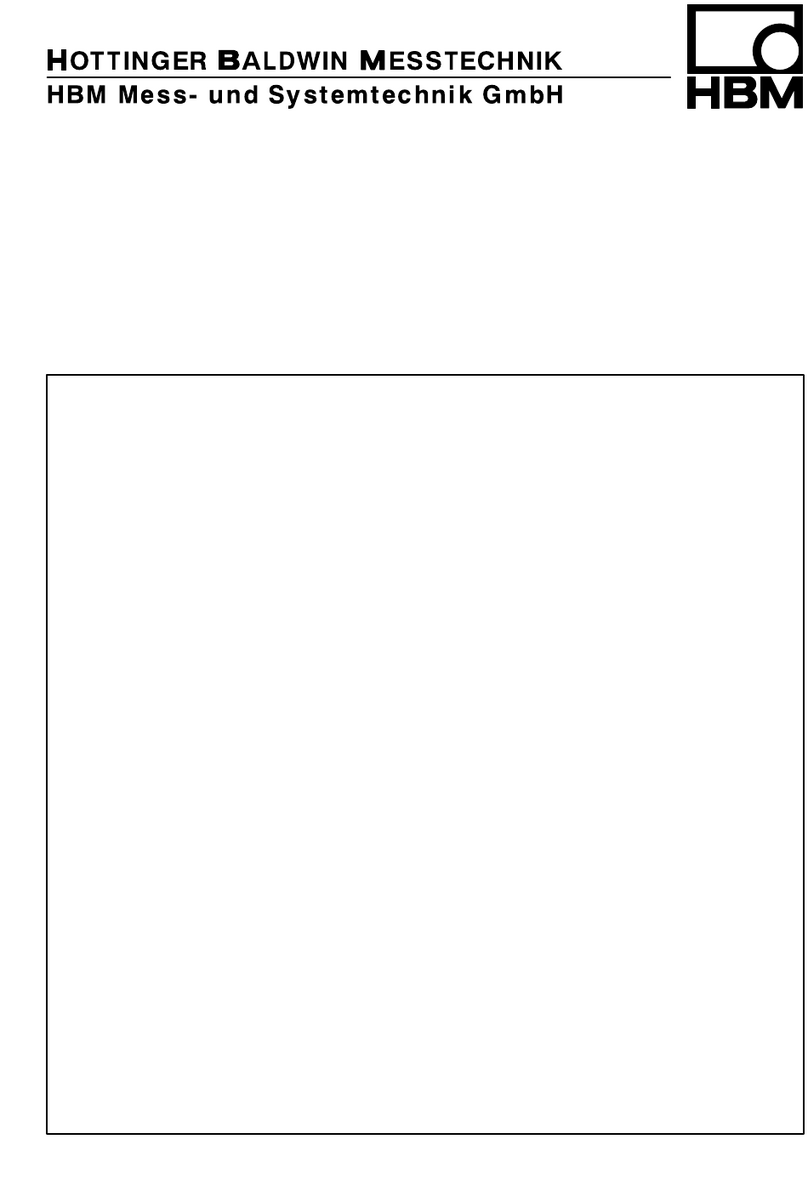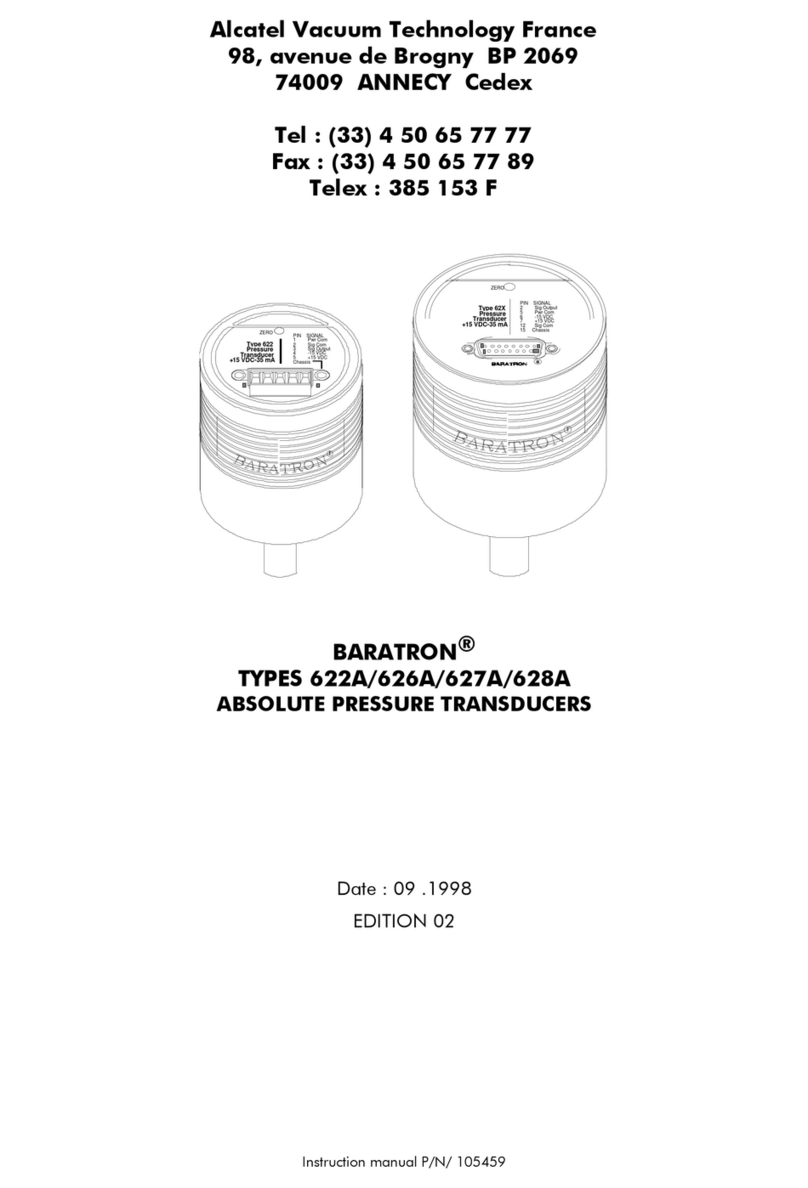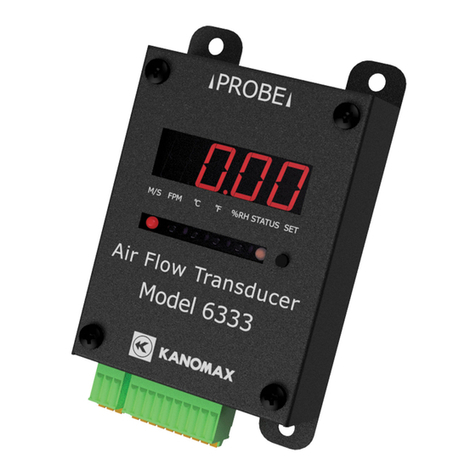
Safety instructions
PW15iA A4359-1.0 HBM: public 5
- Limits of electrical loading capacity
SPlease note that when several transducers are
installed in a scale, there is not always an even distri
bution of load on the individual transducers.
SThe transducers can be used as machine elements.
When used in this manner, it must be noted that, to
favor greater sensitivity, the transducer is not
designed with the safety factors usual in mechanical
engineering.
SThe design or safety engineering of the transducer
must not be modified without our express permission.
SThe transducer is maintenance-free.
SIn accordance with national and local environmental
protection and material recovery and recycling regula
tions, old transducers that can no longer be used
must be disposed of separately and not with normal
household garbage, see Section 9, Page 32.
Qualified personnel
Qualified persons means persons entrusted with the
installation, fitting, commissioning and operation of the
product who possess the appropriate qualifications for
their function.
This includes people who meet at least one of the three
following requirements:
SKnowledge of the safety concepts of measurement
and automation technology is a requirement and as
project personnel, they must be familiar with these
concepts.
SAs measurement or automation plant operating per
sonnel, they have been instructed how to handle the
machinery. They are familiar with the operation of the






